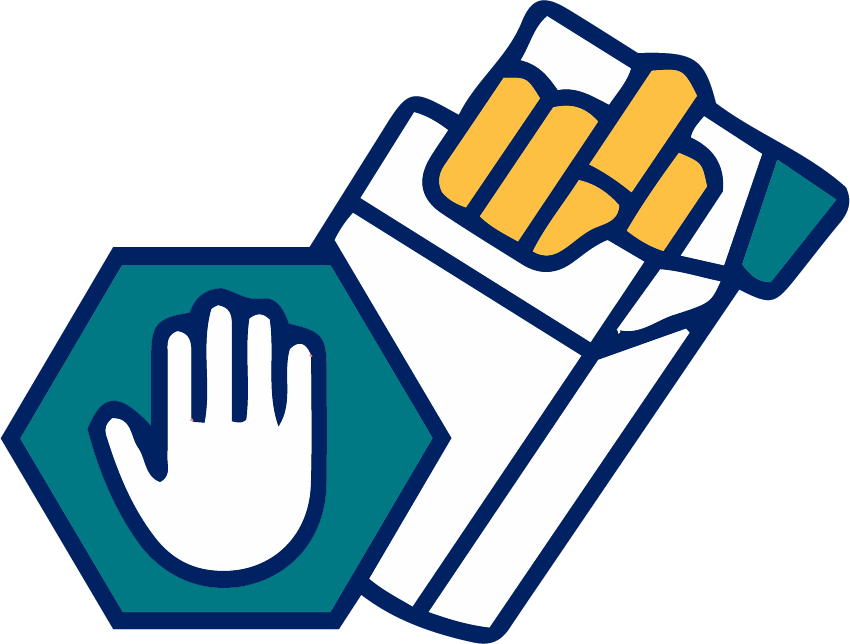About Our Roadmap
Our Roadmap – free for all to use – offers practical tools and resources to help programs integrate tobacco treatment into services for people with behavioral health conditions. Although most of the emphasis is on treatment planning for clients who use tobacco, policy and environmental strategies are also included, since these are also proven, effective methods for reducing tobacco use. Before getting started check out Steps for Addressing Tobacco in your Program.
PLAN • SELF-EVALUATION
Here are some helpful tips before you get started.
PLAN • EVALUATION FROM US (TECHNICAL ASSISTANCE)
NYC programs that submit their self-evaluations to the TCTTAC team receive a program-specific Summary Report with detailed recommendations for each item,
based upon the program’s ratings. The report provides both written and graphic feedback (including a comparison to previous scores if it is a repeat assessment).
We recommend that the report gets shared with Executive Leadership and various stakeholder groups for review and input.
PLAN • IMPLEMENTATION
As part of a quality improvement process, the workgroup develops an implementation plan that identifies priorities and concrete next steps to increase capacity to treat tobacco use disorder
DO • PUT YOUR IMPLEMENTATION PLAN INTO ACTION
While implementing your plan, you’ll have access to all of our training, tools and resources, such as archived webinars, sample policies, and fact sheets for client education.
Actions identified for this implementation phase correspond to the six domains contained in the TiSET. It should also include methods to measure and track outcomes. Your program may choose to implement just one or a few of the recommended best practices – or all of them.
STUDY • EVALUATE PROGRESS ON THE IMPLEMENTATION PLAN
As the cycle gets repeated, follow-up reports compare baseline to follow-up scores and detail the improvements made. These reports include graphs to share this information visually with participants and stakeholders.
ACT • NEXT STEPS
With your organization embracing this Roadmap, the Implementation phase never
stops. Using what you’ve learned in the Summary Reports, you will update the
Implementation Plan iteratively and continue to make improvements over time.
The ultimate goal of improving treatment quality is the hardest to achieve and most
dependent on change in the behavior of individual staff members, which takes time
and critical mass. In general, Policy and Administrative and Training changes are
necessary forerunners of a larger culture shift.
We look forward to supporting you in this process!

Although 46% of people with behavioral health conditions smoke, more than half of US behavioral health providers don’t ask people about tobacco use, and few treat it as a co-occurring disorder.

Participating organizations usually adopt QI cycles for a specific time period (3 mos, 6 mos, 1 yr) so they can revise and address goals with each iteration. See who else has been engaged in this process.

